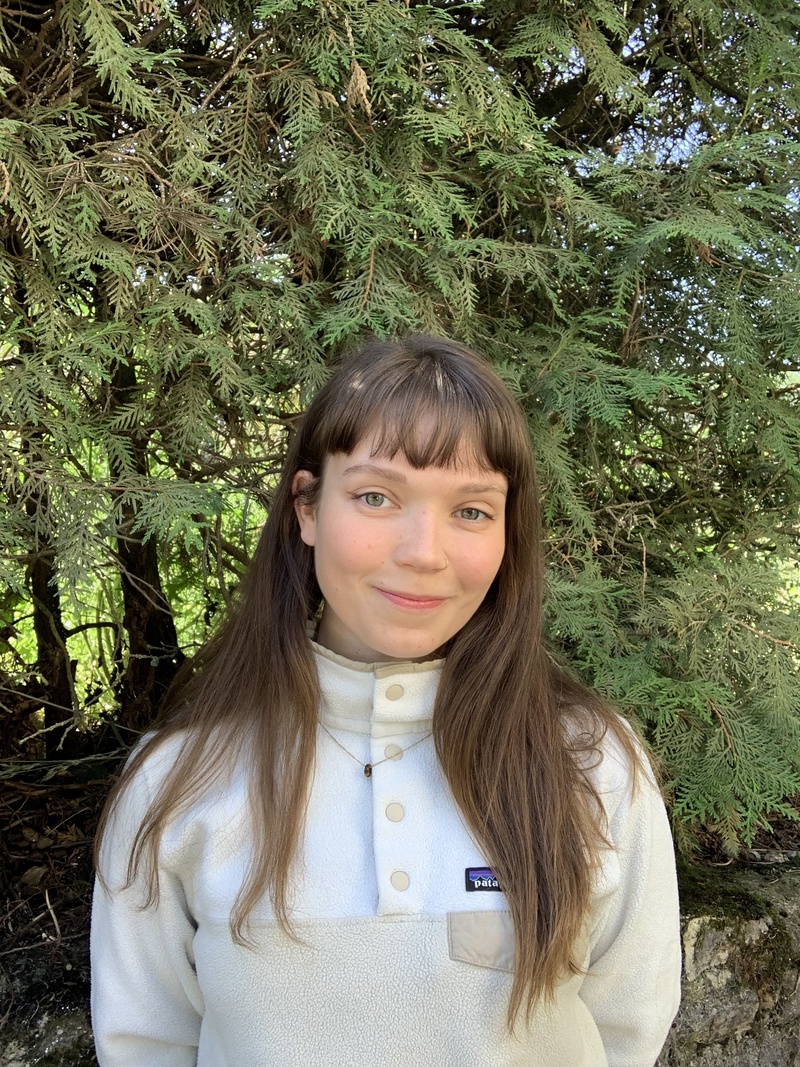Emilie Haldimann
Master in Biology
Research interests
I completed a bachelor's degree in geosciences and environment sciences at the University of Lausanne. I studied all aspects of ecosystems through physics, geology, biology and chemistry. In addition, my studies addressed various issues linked to climate crisis leading to the erosion of biodiversity. Wanting to focus more specifically on wildlife, I decided to pursue a master's degree in biology at the University of Neuchatel. I quickly developed an interest in conservation biology and especially in how this field can offer solutions to the loss of biodiversity.
In this domain, I’m particularly interested in the protection of endangered species through the study of their ecology. This approach will enable us to better understand their needs and roles in dwindling ecosystems. My hope is to combine the knowledge that I have acquired during my studies to further contribute to our understanding of specie-environment interaction for conservation purposes.
Master thesis
The black rhinoceros (Diceros bicornis) is an important engineer of ecosystems and represents a high economic value for local populations. Due to poaching and habitat loss, it is classified as critically endangered on the IUCN Red List. Nowadays, black rhinos live in protected areas, most of which are fenced off. This issue can lead to two major problems.
Firstly, in a limited space, animal populations consume available resources until depletion, often leading to interspecific competition for resources.
Secondly, if an endangered population is locally too numerous for a reserve, the resources will become scarce. The local population will decrease due to resource shortage, leading to the decline of the local and thus global population of endangered species.The carrying capacity calculation, which indicates how many individuals a reserve can hold, can solve these issues. Indeed, by calculating the population’s surplus, we can determine the number of induvial that should be translocated to new areas to increase the global population.
The Black Rhino Conservation Ecology Project (www.blackrhinoconservation.com) led by Dr. Vanessa Duthé aims to optimize black rhino population growth through a better understanding of its ecology and thus, improve the calculation of the carrying capacity. The aim of my master's thesis is to study the relation between black rhino's diet and other herbivores’ diet in Ithala Game Reserve.
The main objective of my work is to establish the vertical browsing profiles of large herbivores (greater kudu (Tragelaphus strepsiceros), impala (Aepyceros melampus), elephant (Loxodonta africana)) and to compare them with those of the black rhino. This data will enable me to better understand the overlap in browsing height between black rhinos and the other herbivores in a given environment.
Secondly, I will study the chemical mechanisms involved in foraging decisions: the black rhino selects the foraging plants according to their chemical profiles, not for their productivity. I will therefore assess whether foraging decisions are driven by the same mechanisms in other herbivores.
The results of my project will improve our understanding of the feeding interactions of black rhinos and other herbivores.The collection of these ecological parameters will enable population growth models, which can calculate the carrying capacity, to be even more accurate. In addition, these parameters will also be beneficial for estimating the carrying capacity for new habitats, as well as the creation and management of new black rhino populations.
Main themes
- Black rhinoceros (Diceros bicornis)
- Functional ecology
- Diet
- Carrying capacity
- Conservation biology
- Vertical browsing profiles of large African herbivores


